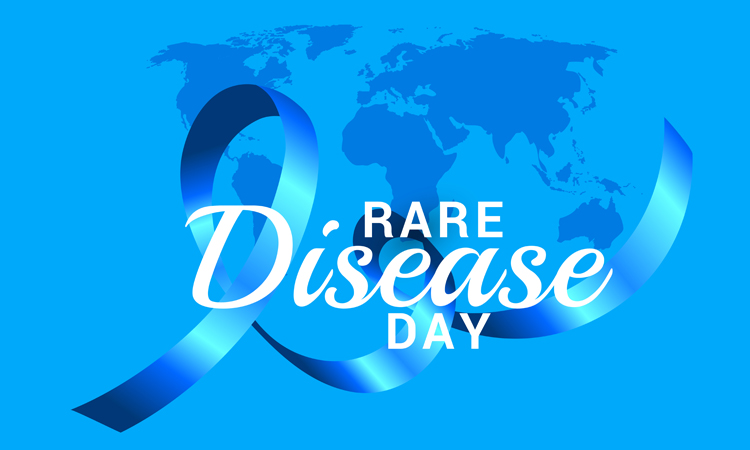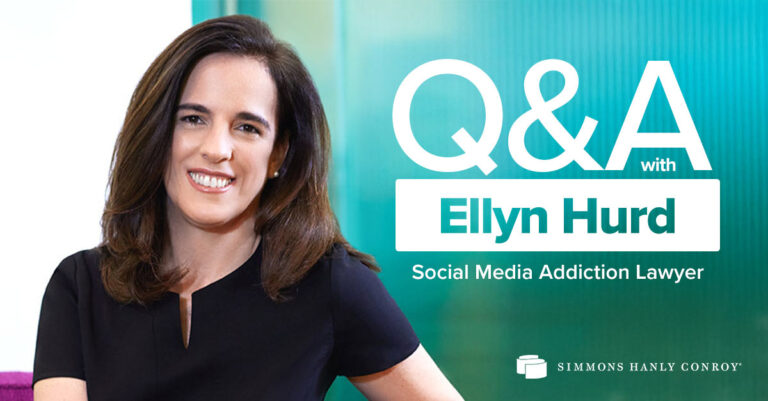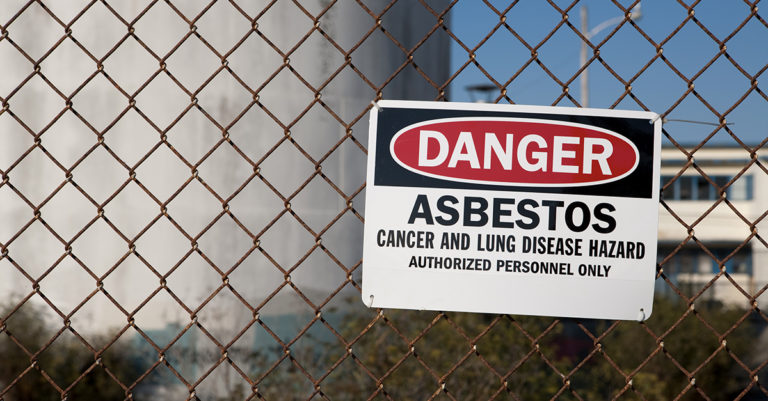
Right now, there are thousands of people living with a rare disease – and many of them have no idea. By the end of this year, individuals from all over the world will discover that they or a loved one must adapt to a life-changing illness with few treatment options. When that day comes, families impacted by rare diseases will need to reach out and draw strength where they can.
This is why Rare Disease Day is so important. It lets people know they are not alone, even when their personal struggles may seem and feel completely unique. On February 28, people from around the world will come together to share their stories, hopes and ideas in an effort to support their common cause.
In the United States, a disease or disorder is defined as “rare” when it affects fewer than 200,000 Americans. This definition comes from the Orphan Drug Act of 1893, a bill that provides economic incentives for companies to develop drugs for rare diseases.
Currently, there are over 7,000 known rare diseases, and they affect a total of 25-30 million people in the United States alone. This means 1 in 10 Americans deal with a rare disease, and more than 50 percent of them are children.
What Is Rare Disease Day?
Each year, Rare Disease Day is observed on the last day of February. The first time it was held was on Feb. 29, 2008, a “rare” day in an uncommon leap year. The observance serves as an important focal point in the ongoing campaign to raise awareness and advocate for access to better treatments for those affected by rare diseases.
The National Organization for Rare Disorders (NORD) organizes Rare Disease Day in the United States. In Europe, the day is sponsored by the European Organization for Rare Disorders (EURORDIS), which originally founded the event.
The year 2019 marks the 12th anniversary of the first Rare Disease Day, and since its inception, the event has grown exponentially. This year, there are 463 events in 96 countries. Hundreds of thousands of people will join together to make rare diseases a priority.
The Importance of Raising Awareness for Rare Diseases
Increasing visibility is crucial because many rare diseases are not getting the attention they need. A lack of data and research about these diseases and disorders leads to serious complications.
In addition to medical hardships, people afflicted with a rare disease often have trouble because the rarity of their disease makes research much more difficult. Think about how hard it is for a scientist or a medical professional to study a disease that affects relatively few people, all of whom are scattered across the globe.
Without data and studies to draw upon, doctors may not have the information they need to help someone with a rare disease. Factors like these can lead to a misdiagnosis of a rare disease, which can cause delays in proper treatment. In addition, when a rare disease is accurately diagnosed, there are often very few or, in some cases, no effective cures or treatments available.
Remembering Victims of Mesothelioma on Rare Disease Day
The vast majority of rare diseases are genetic, but some are the consequence of infections, allergies, exposure to toxins or environmental causes. Mesothelioma, for example, is a rare and incurable cancer caused by the inhalation or ingestion of asbestos fibers. The sharp fibers become lodged in the lining of the lungs and develop into an extremely rare and lethal cancer.
There are roughly 3,000 new cases of mesothelioma each year, but like other rare diseases, it is often misdiagnosed. Complicating matters further is the 20-50-year latency period between exposure to asbestos and the development of noticeable symptoms.
Asbestos was used for years before the public knew about the dangers. It still lurks in older buildings across the country and continues to make people sick. This is why raising awareness about asbestos and mesothelioma is so important. If people do not know about the danger, they are unlikely to pursue the help they need.
Rare Disease Day is an opportunity for those affected by rare illnesses to join their voices and be heard by industry executives, healthcare professionals and legislators. Find a Rare Disease Day event or get involved online in one of the many activities that will draw attention to the needs of many rare disease communities.




